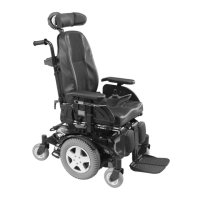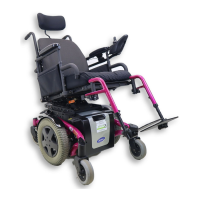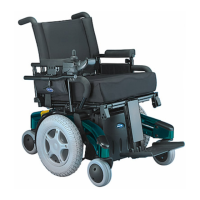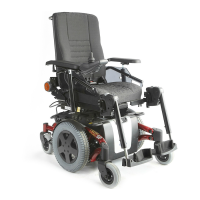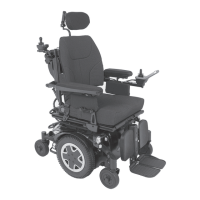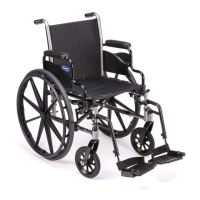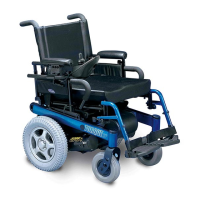Why is the gearbox on my Invacare TDX SP2 Wheelchair losing oil?
- JJill ShepardSep 8, 2025
If the gearbox on your Invacare Wheelchair loses oil, it could be due to a defective sealing ring on the drive shaft. If the sealing ring is defective, replace the gearbox. Also, check the carbon brushes for oil wetting and replace the motor if the brushes are wet.
